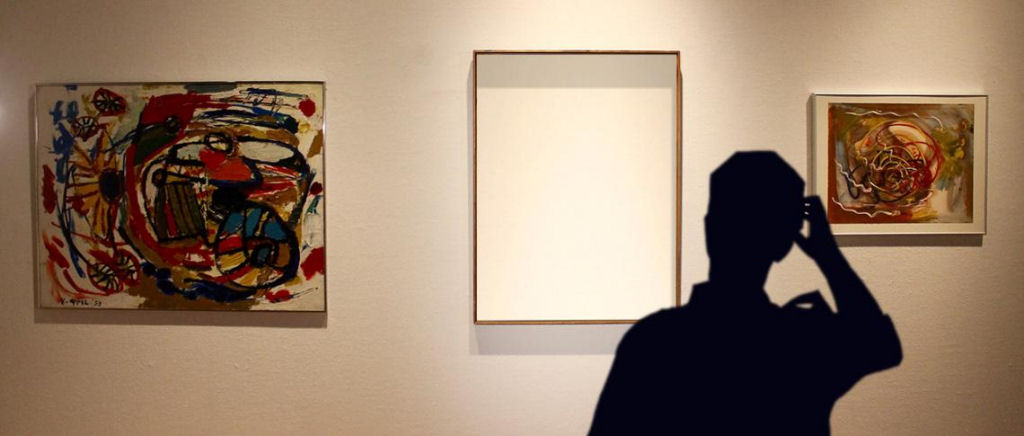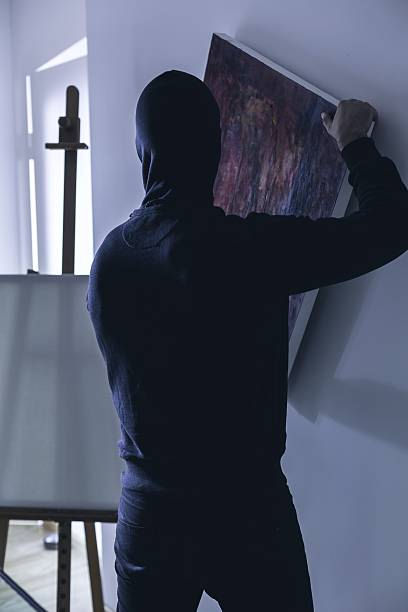Theft is the most common crime against works of art, both in our country and worldwide.
The trade in art and antiques, especially the illegal trade, is extremely profitable, as its monetary value is estimated at billions of dollars. The demand of customers from the developed West for quality works encourages the looting of churches, temples, sanctuaries, poorly protected private collections, etc. in countries where they cannot or do not know how to adequately value and protect their cultural heritage. The world art market has recently been flooded with icons and other sacred and cult objects from Eastern European countries, especially the former Soviet Union and Yugoslavia.
Where do they sell stolen art?
Very famous stolen works of art usually go directly to the client and do not appear on the market. However, stolen items that are less known to the general public are mostly sold on the black market. They are often not equipped with appropriate documentation. Where and when they will appear is mainly influenced by customer demand.
How do thieves work?
They differ from each other in the manner of execution of the criminal act and the interest that leads them to this act. We distinguish between professional and casual thieves. The former usually carry out their actions on demand, preparing for them in advance (familiarising themselves with the object, studying its security, preparing false accompanying documentation in advance, etc. ), while the latter - including various long-fingered collectors, drug addicts, etc. - are randomly tempted by an easily accessible object in a house, apartment, church, chapel, gallery, museum, office, abandoned castle.
The decisive factors: accessibility and security
Burglary is the most common way of obtaining objects. The perpetrator breaks into the building where the object is located, with security playing a crucial role. Analyses of the burglaries showed that the premises where the objects were located were relatively easily accessible and unsupervised at the time of the crime. According to statistics, more than 50 percent of works of art were stolen from private apartments and houses, followed by sacred buildings (mainly isolated and inadequately secured churches and chapels). A small percentage of thefts are in galleries and museums, but the value of stolen items from these facilities, which contain cultural monuments of the highest category, is extremely high.
The victims do not have adequate documentation...
When victims report thefts, they usually do not have photographs or detailed information about the item and its ownership. All this is extremely important when it comes to finding and returning found objects to their rightful owner.
What to do if your work of art, antique... is stolen?
Report it to the police immediately! This is the only way you will have a chance to get the item back. Even if you spot your stolen item for sale, notify the police immediately and wait for their arrival before confronting the dealer.
Are you planning to buy a work of art?
On the website of the Slovenian police, you can check whether the art you intended to buy may not have been stolen: List of stolen art (in Slovenian only)
Where can you report actions against works of art and cultural heritage?
- to the anonymous police phone number 080-1200
- to the police telephone number 113 or
- via e-report of a crime (in Slovenian only)
Information about stolen and recovered items can be found:
- on the website of the Slovenian police in the section Stolen works of art (in Slovenian only)
- on the Interpol website
- on the website of the register of stolen works of art: Art Loss Register
Related content
Crime and works of art
The most common crimes related to works of art
Security of property


